When Australians were forced to close their doors on the outside world and isolate themselves…
Hemp industry set to thrive
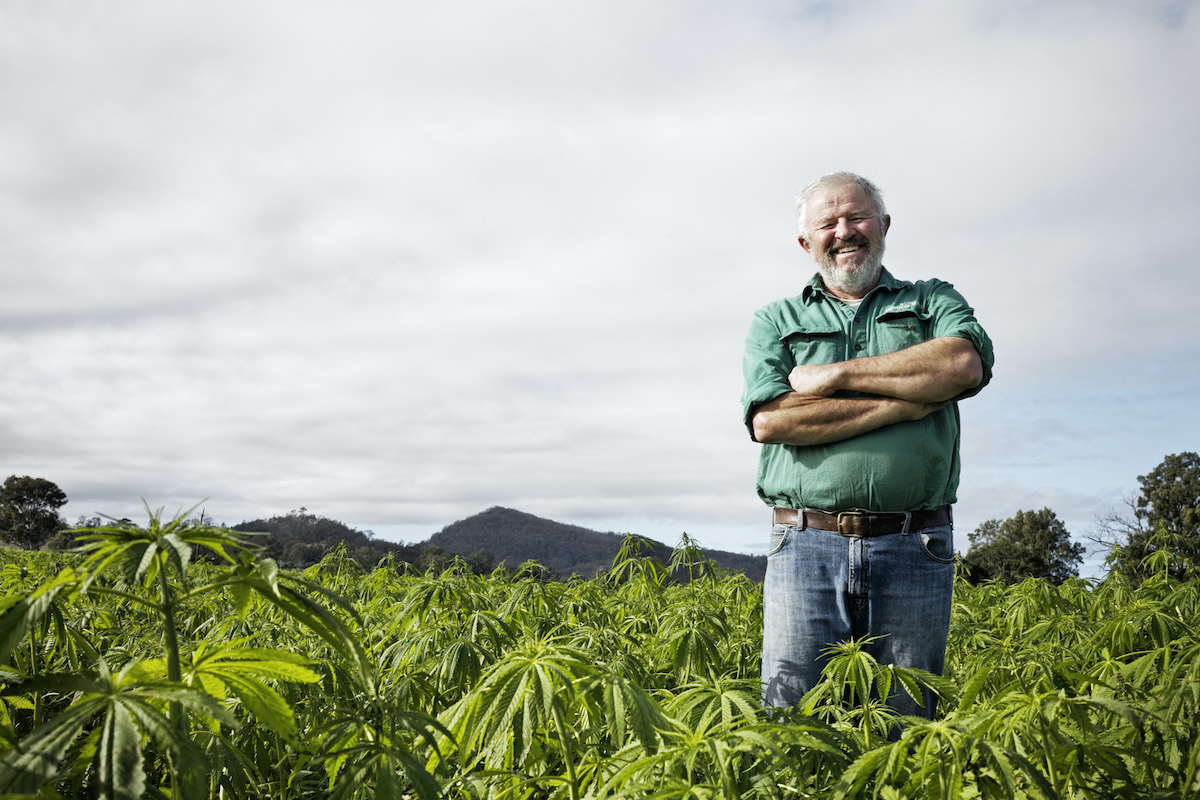
The legalisation of hemp foods in Australia in April 2017 was regarded as a landmark decision for the fledging industry. Australia was one of the last countries in western world to remove a classification that prohibited all species of cannabis from being added to food, overturning a ban that had been in place since 1937. Now the hemp industry looks set to thrive.
Former Hunter Valley dairy farmer Bob Doyle was excited by the legislation and the possibilities it presented. The global industrial hemp market was heading towards a value of USD 3.5 billion and predicted to grow to USD 26.6 billion by 2025, and Australian farmers could now tap into growing consumer demand for hemp food products.
�The hemp grains industry in NSW has only really started getting some momentum in the last two years, yet it’s one plant with three very good uses �� food, fibre, and medicine,� explains Bob.
Tasmania has been leading the way in grain production since the laws were changed and currently accounts for around 80 per cent of production in Australia, with farmers achieving yields of up to 2.5 tonnes per hectare.
�As far as I�m aware, the highest yielding hemp grain crop in NSW was in the Liverpool Plains area last year, with a yield of one and half tonnes per hectare. That is where it needs to be for it to be viable in competing with imported product,� Bob says �As a grain crop, it has a lot of potential in NSW,� he adds. �We need to refine the agronomy, and we have an issue with suitable varieties. Once that work is done, I�m sure broadacre cereal grain growers would be more interested in using it as a rotational crop. Australian farmers are very good and precise at growing grain crops, so it would be relatively easy to transition into growing hemp.�
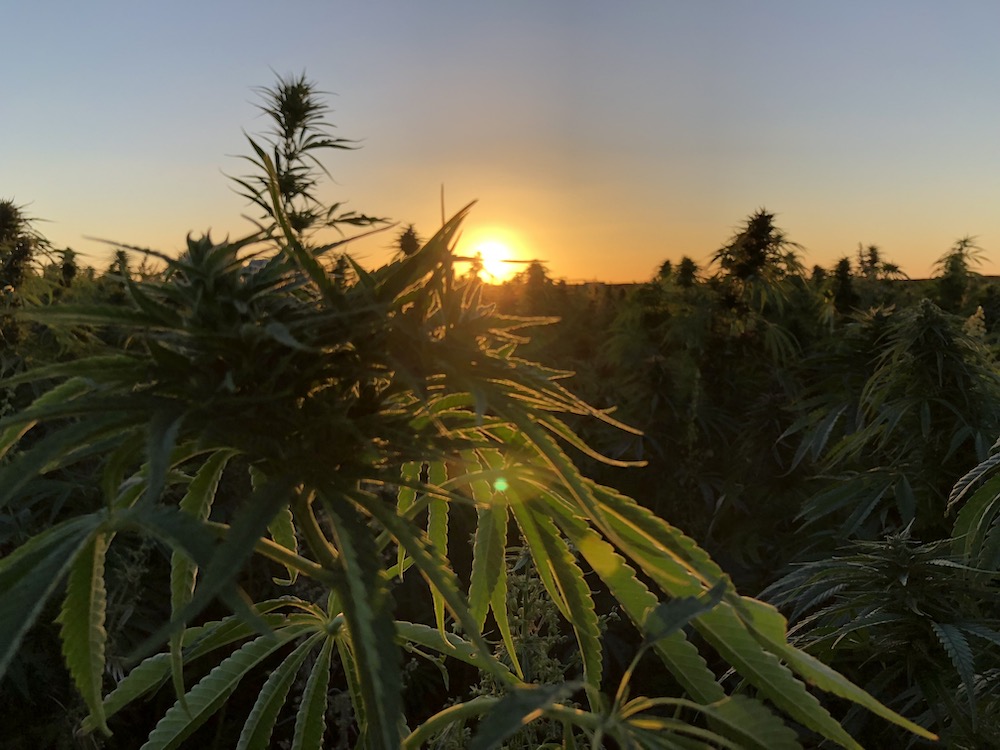
Getting down to business
Agrifutures Australia embarked on a project in September 2019 to map out a business plan for the hemp industry and design a trial system to identify the best performing varieties.
Tom McCue, Senior Manager of Emerging Industries at Agrifutures said hemp is a serious option for cropping farmers due to the diversity of its end-use products for its seed and fibre. �The project�s aim is to test different varieties of hemp across the country,� Tom says. �Increased production in certified industrial hemp seed will underpin industry growth, and credible information about hemp cultivars and suitability of cropping in Australia is vital for attracting new farmers.�
He says that their focus now is bedding down the business case for implementing the project and attracting funding bodies to invest, but the COVID-19 situation has made progressing the project challenging.
�Agrifutures Australia has also invested in a number of other projects in the hemp industry, including the development of a research, development and extension plan, and we�re investigating grazing opportunities with hemp in Tasmania and Western Australia,� Tom says.
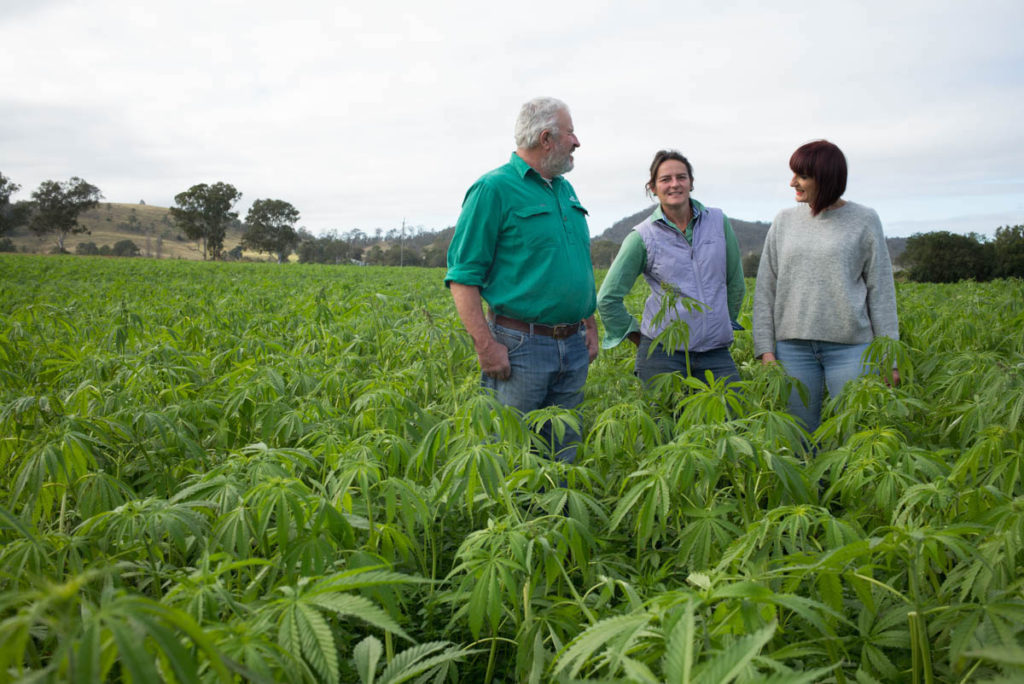
President of the Australian Hemp Industry Alliance, James Vosper, who is based on the Central Coast, said the NSW Department of Primary Industries (DPI) has also jumped on board with support for research and easing the regulation burden.
�One of our aims is to make sure there are no impediments to growing hemp in NSW,� James says. �We are lucky in NSW in that the DPI has been incredibly supportive regarding that aim. Making hemp legal again as a food product was a great stimulus for the industry. It allowed the crop to have the potential of being economically viable on relatively small holdings, or in rotation with other grain crops.�
He says that there are many health benefits of hemp grain. �It�s high in available protein and has Omega-3 and Omega-6 in the right ratio. It�s good to see hemp food products on supermarket shelves and there is even a hemp beer now too.�
Bob says that this year he is growing one seed crop for future fibre crops and as well as a Chinese hemp grain variety. �There is genuine interest in buying grain out of NSW this year from local companies such as Ananda Foods,� he says. �And with a little bit more water about, there will be a jump in hemp grain growing in NSW. At this point in time, it�s still a crop that needs irrigation to be viable.�
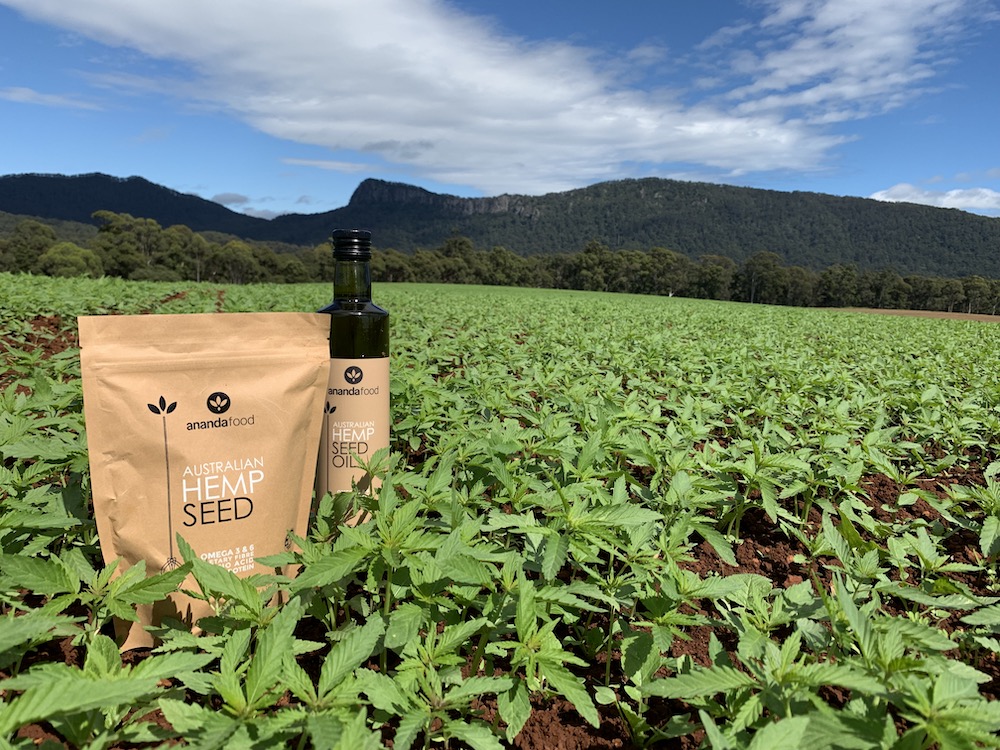
Ananda Foods, a subsidiary of Australian owned company Ecofibre, has set up a facility in Beresfield to produce a range of hemp grain food and oil products. General Manager Kieran Brown says the company had been working closely with farmers in NSW and Queensland, but the drought had led to more grain being sourced from Tasmania.
�There has been a recent increase in demand for hemp food products and COVID-19 has resulted in more people wanting to purchase Australian-made first food items, which is great for our local farming families,� Mr Brown says. �Our hemp seed oil has also been used in various cosmetic products for over 20 years. We have some exciting ideas and plans in the works across the greater Ecofibre businesses.�
What�s stalling hemp fibre production?
Bob�s hemp journey began in 2009, when he planted a four-hectare crop on the family�s 300 hectare beef property after it became legal to grow hemp for fibre production in NSW.
�There were trials all over the Hunter Valley at the time and Ecofibre had a mill at Jerrys Plains that we could supply too,� he says. �When they stopped processing we had a crack at building our own mill in Dungog.�
In more recent years, Bob has focussed on harvesting hemp�s hurd stalk for use in building products such as Hempcrete.
�Tall hemp crops like the ones we have here will produce up to 12 tonnes per hectare of biomass and will yield from 50 to 70 per cent of hurd for housing and around 20 per cent of bast fibre,� he explains. �There�s demand for it in building products, which I estimate would need around 200 hectares of crop. We have no product left off our farm and that is because demand for the bast fibre in Australia is zero. Unless we can sell the whole stalk, the numbers just don�t add up to make it work.�
He says that this is the biggest constraint to growth in the hemp fibre industry. �However, we are part of Agrifutures project, delivered through the CSIRO, and that aims to develop hemp textile markets using the bast fibre,� Bob says.
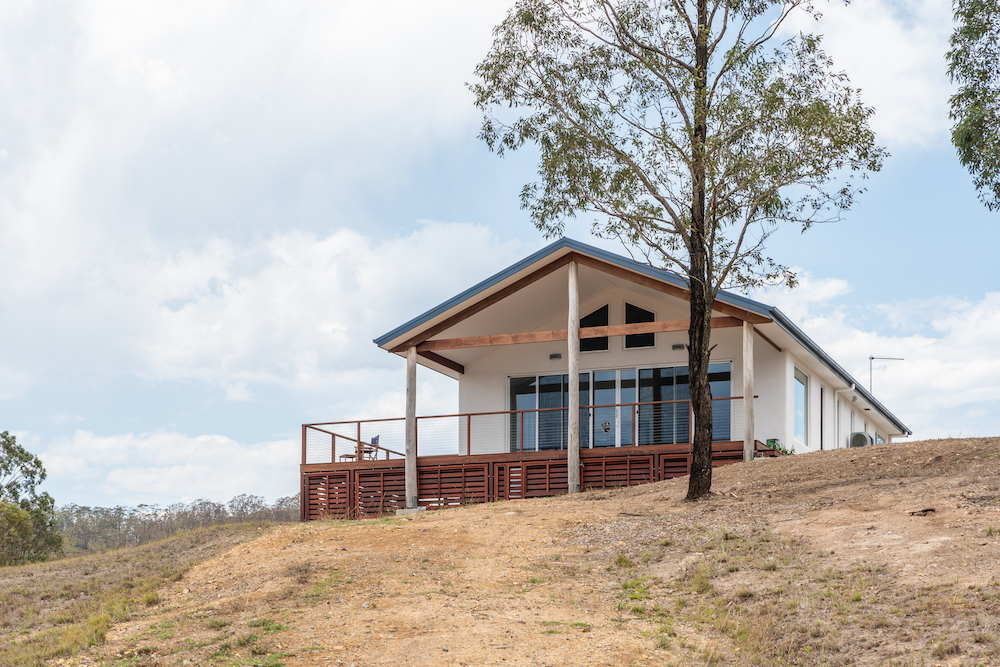
�The other constraint we�ve had is access to a good mower to harvest a fibre crop. Up until a few years ago, we were able to access a mower from Ecofibre. That was the only mower in Australia and it is now unavailable,� he says.
However, Dunedoo farmer Jaimie Milling is hoping to overcome that constraint through engineering a purpose-built harvesting unit with business partners that can chop through the tough fibre crop.
A mixed cropping and livestock farmer, Jaimie first become interested in growing hemp in 2016 after hearing about potential market demand and benefits of rotating it with cereal crops.
�The drought has really set us back about three years in terms of what we were wanting to do with hemp,� Jaimie says. �We did do a trial on 200 hectares with another farmer in Goondiwindi last year. The production results were mixed, but there was definitely demand for the fibre in the animal bedding and building products market that we were testing.�
The challenge Jaimie’s team faced was having a suitable machine that had the capability and capacity to handle such a huge volume fibre crop � they didn’t want to go ahead with planting large areas of fibre crop not knowing whether they had the capability to get the crop on the ground.
�We are in the final stages now and it will be good to go for harvesting the crop in February next year,� he says. �Now there has been some rain about, we are also trialling a few different varieties this year, including some French and Canadian varieties on our farm and on farms near Moree and Brewarrina. I do think it will be a viable alternative crop for our farm business and for other farmers in NSW.�
Where and how is hemp grown?
Hemp grows best in temperate, subtropical and tropical climates, in temperatures between 15-27�C. It is primarily grown in the summer months.
According to Agrifutures Australia, hemp suits a wide variety of soil types but performs best in fertile, neutral to slightly alkaline, well-drained clay loam or silt loam soils. Good moisture and nutrient holding capacity are important because of the quick growth rates of the plant.
�We plant fibre crops in September and they�ll be five metres high in March and ready to harvest,� Bob says. �The crop has to be pesticide- and herbicide-free for the housing market, so it is critical to plant in September ahead of any summer weed growth. It�s quite a weak seedling but once it�s past that stage it out-competes all other weeds with its dense canopy cover. We have 125mm row spacings to get canopy closure as quickly as we can.�
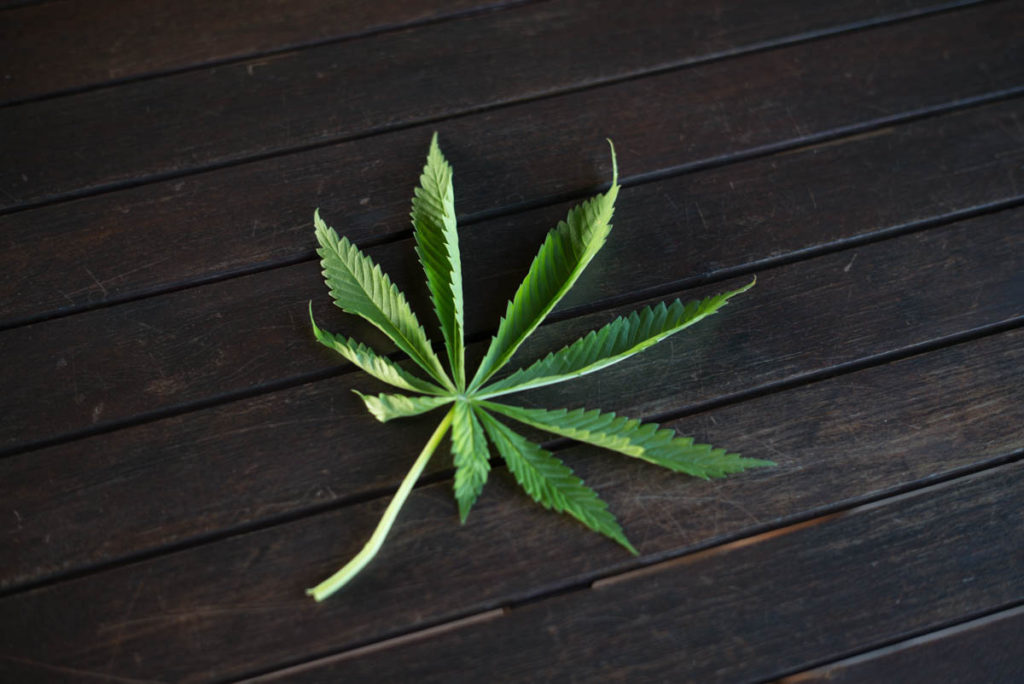
Bob says it�s a bit like growing a maize crop. �You have to apply a fair dose of NPK fertiliser early on, but the difference is that when harvested for fibre, up to 70 per cent of those nutrients are returned to the soil via the organic matter left behind,� he explains. �We irrigate the crops, using between two and three megalitres per hectare depending on the season. Last year was extreme, and we would have used close to six megalitres a hectare.�
Bob says he has discovered benefits in rotating hemp crops with fodder crops like Lucerne. �Our Lucerne crops planted after hemp have had much higher yields because of the amount of organic matter that is returned to the soil and there is less need for weed control inputs.�
Amended legislation for the hemp industry
The first export of Australian hemp seed to New Zealand occurred in July this year under amended legislation designed to remove cumbersome regulatory barriers for the industry.
�The new legislation removes unnecessary barriers and will support better access to international markets for the emerging hemp and medicinal cannabis industries,� said Federal Agriculture Minister David Littleproud. �To help us achieve this, we need to ensure that we have appropriate regulatory settings to enable exports to grow and in turn to help drive productivity and increase returns at the farm gate.�
Under the new legislation hemp product exports that may be better supported include seeds, raw hemp and hemp food products, such as de-hulled hemp seeds and health powders containing hemp.
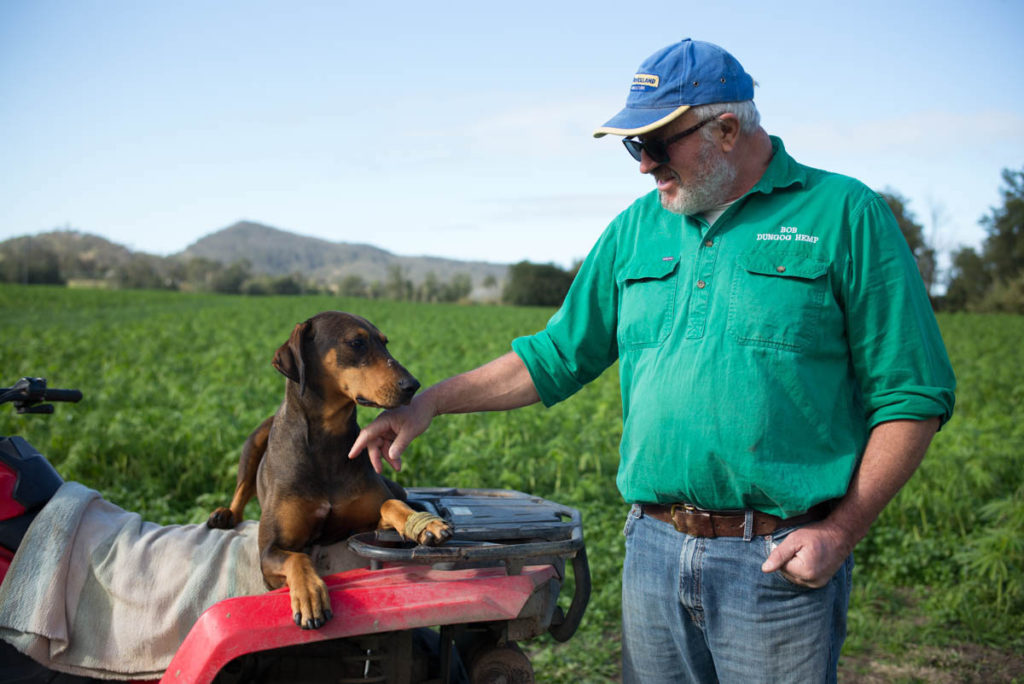
History of the hemp industry
Industrial hemp (Cannabis sativa L.) is one of the oldest crops known to man. It is also one of the most controversial.
Hemp is thought to be the first domestically cultivated plant, with evidence of hemp fabric dating to 8,000 years ago found in Turkey (former-day Mesopotamia) and ancient China.
It made its way to North America in 1606 with American farmers growing hemp for products such as paper, lamp fuels and ropes. In the 1700s farmers were legally required to grow hemp as a staple crop and George Washington grew it on his estate.
Industrial hemp was touted as a �billion dollar crop� in the 1930s after automobile pioneer Henry Ford embarked on building a car manufactured and fuelled by hemp. Mr Ford achieved this goal in 1941 and claimed the car was 10 times stronger than steel.
However a Marijuana Tax Act was passed in 1937 making it illegal to produce marijuana and any plant type in association to the cannabis family, discouraging the production of industrial hemp. The act is said to have stemmed from a church-funded propaganda film called Reefer Madness.
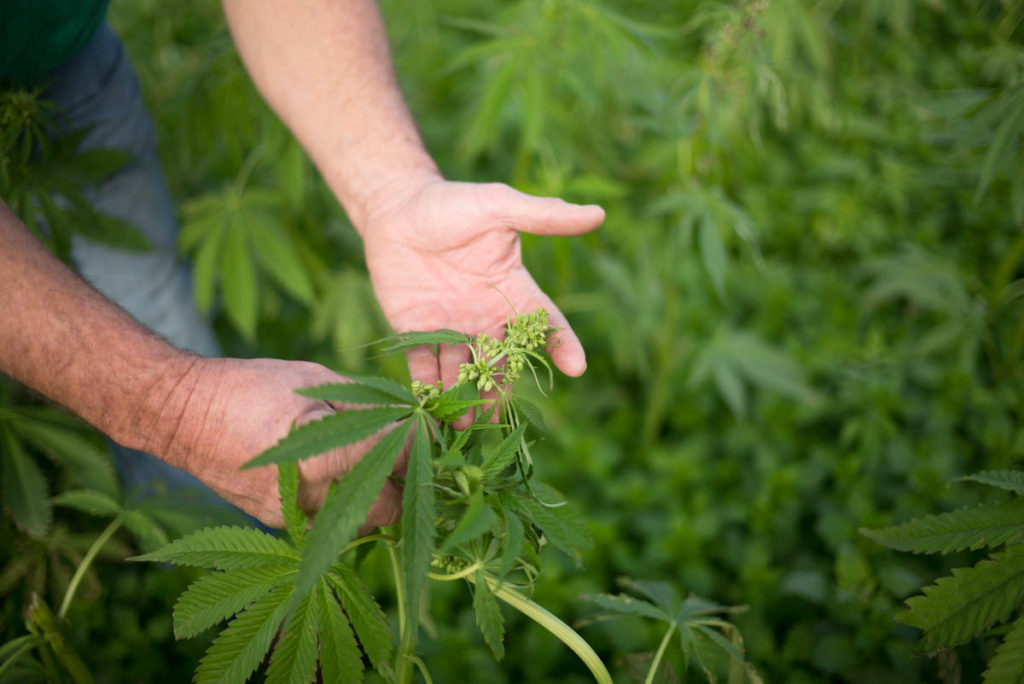
While Cannabis sativa L. is the most common plant species for producing both marijuana and hemp, there’s a key difference. In hemp, the cannabis plant has been bred to have extremely low concentrations of the psychoactive component tetrahydrocannabinol, or THC. While marijuana may contain upwards of 25 per cent THC, hemp typically contains less than 1 per cent, rendering it useless for recreational purposes.
In Australia, Cannabis sativa L. seeds came on the First Fleet and were given as gifts to settlers to promote hemp cultivation with the aim of using it for sails, rigging, clothing, and waterproofing for ships.
Today, industrial hemp can be legally grown in all Australian states and territories, with THC limited to below 1 per cent in New South Wales, South Australia and Queensland, and 0.35 per cent in other states.
Hemp fast facts
- Industrial hemp fibre and seed comes from the cannabis plants specifically bred to have tetrahydrocannabinol (THC) levels of no more than 1 per cent
- A licence is required in NSW to commercially grow industrial hemp
- Hemp was banned in Australia in1937 and fell under a classification that prohibits all species of cannabis from being added to food, or sold as a food
- Hemp became legal as a food product in April 2017
- In 2011 there were 185 hectares of hemp crops in Australia, compared to an estimated 2,500 hectares in 2020, with Tasmania the leading state for hemp growing
- US hemp product sales have reached almost $700 million annually
- The global market for hemp consists of more than 25,000 products in nine sub-markets: agriculture, textiles, recycling, automotive, furniture, food and beverages, paper, construction materials, and personal care
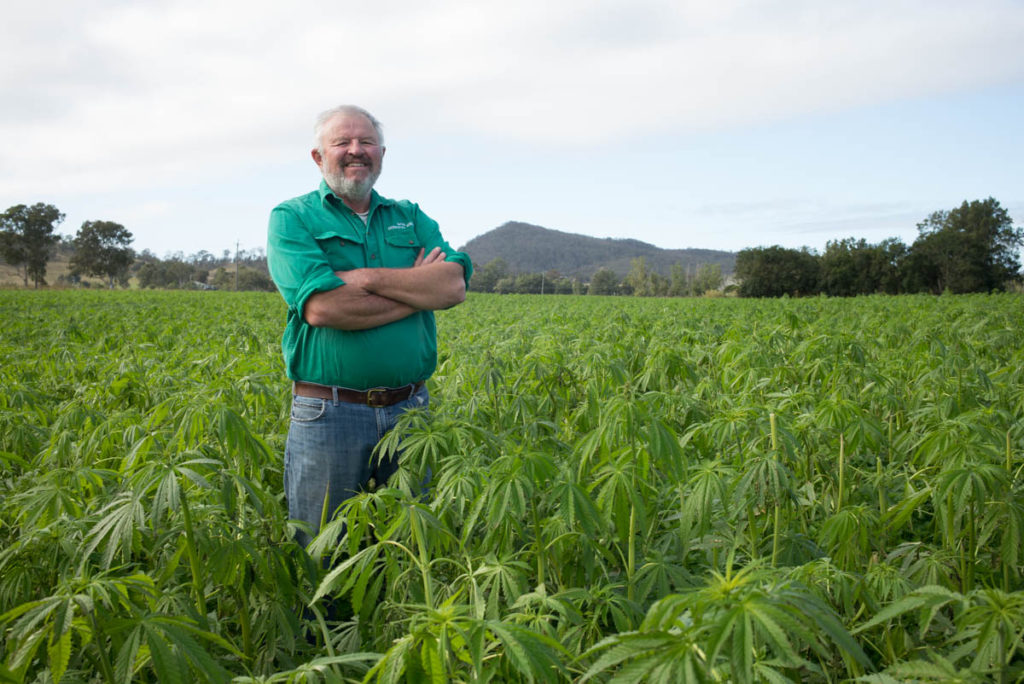



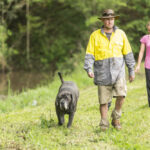
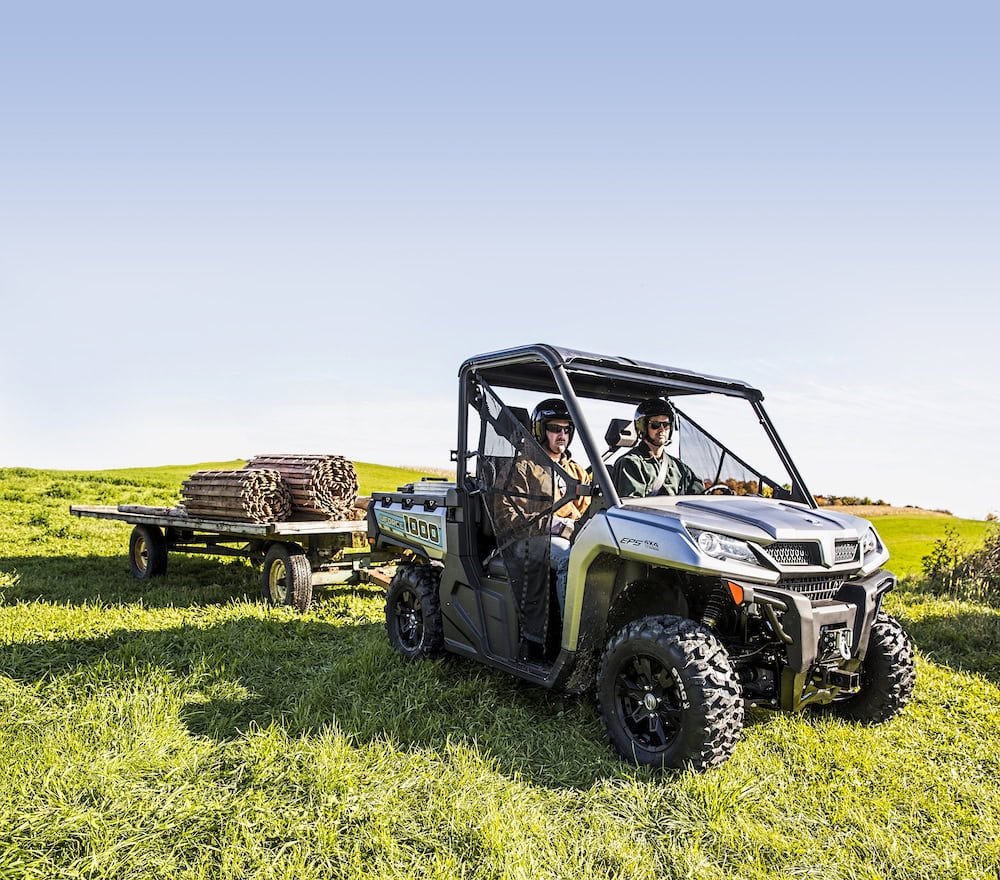
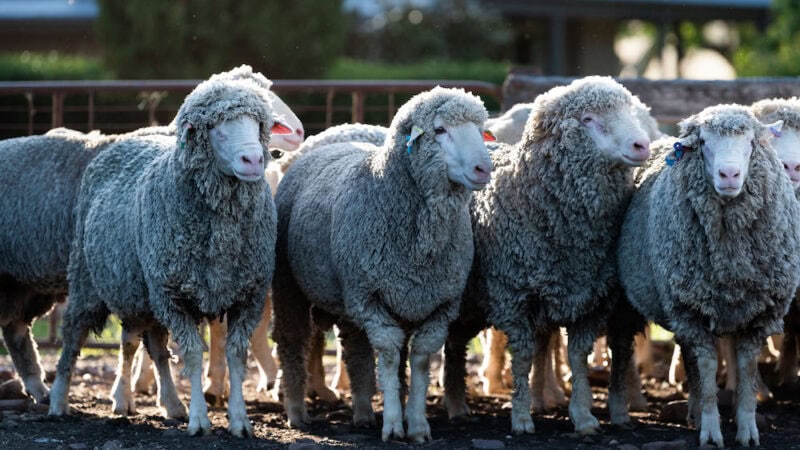
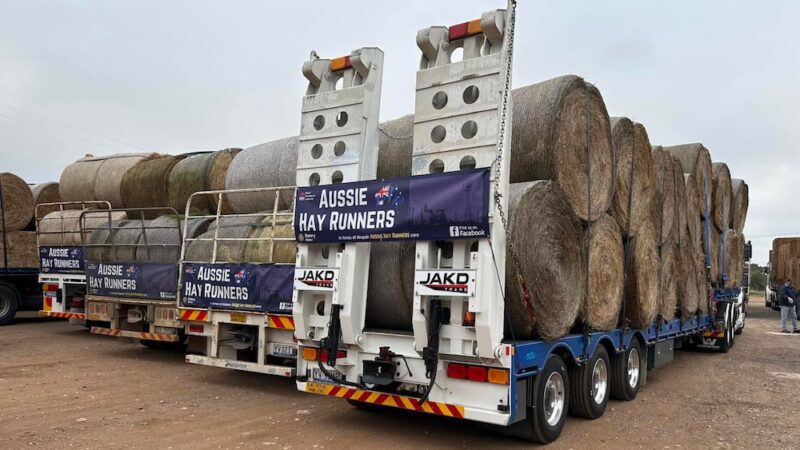
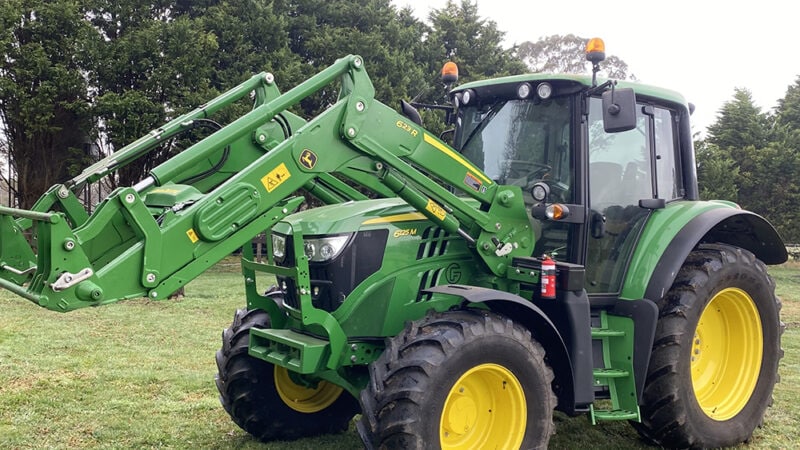
Love your commitment and foresight Bob! We are building a hempcrete home in Chester Hill in Sydney as we speak. Love hemp and we should be growing more and using it for clothing, paper, and for all other fibre related needs.
Very interested in this and the opportunities it may present. Would love to get more info on the cropping more specifically in the products that can be obtained from the crop.
Great story Bob,
What about the hemp textile industry in Australia? seems a lot of growing since eased restrictions but would love to purchase Australian grown and processed hemp textiles